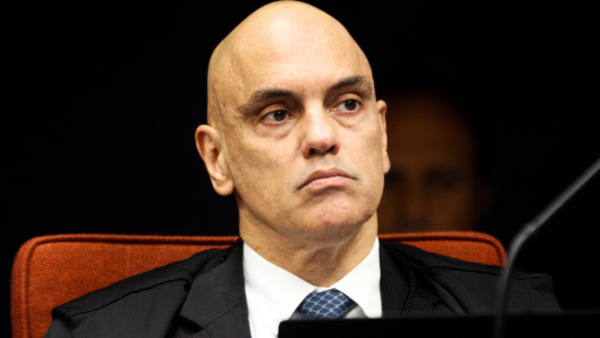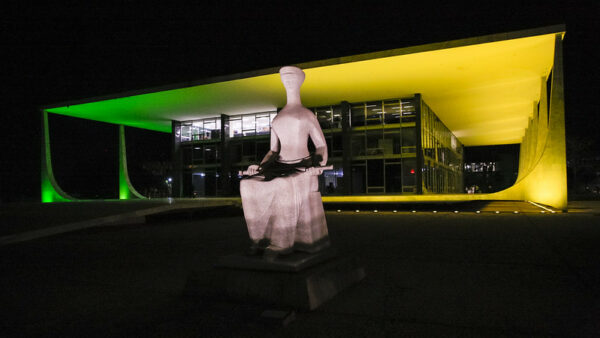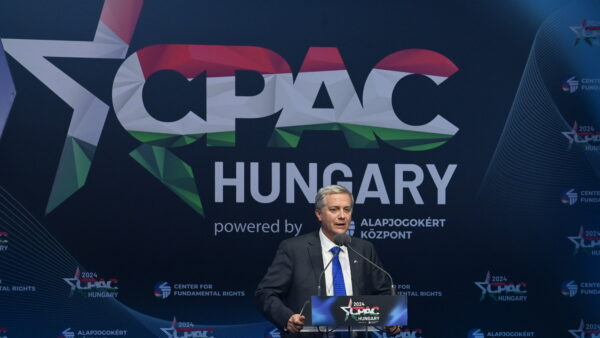Football is, without a doubt, the most famous, profitable, and popular sport in Latin America. In a region forged by relatively recent migration, football has answered the need for a “collective identity,” social scientists say, while also providing an escape from everyday problems such as poverty and violence.
This passion is not unique to Latin America, but studies show that nearly 4 out of 5 people in the region had an interest in last year’s men’s World Cup, with many saying they would watch “as many games as possible.”
This same passion, however, has not translated over into women’s football. The ongoing 2023 World Cup, co-hosted by Australia and New Zealand, has shown that local interest still lags significantly behind, despite some recent signs of growth.
Globally, the event has been the biggest of its kind compared to the previous eight editions of the women’s World Cup, with record-breaking broadcast figures and selling over 1.5 million tickets in advance — a 54-percent increase on four years ago.
But Latin America showed that it still has a long way to go on and off the pitch, failing to replicate the competitiveness of the men’s international teams. Colombia was the only one of the five Latin American nations to qualify for the knockout rounds, and even regional powerhouse Brazil failed to get out of their group.
Although perhaps unfair, comparisons to the men’s...


 Search
Search










































